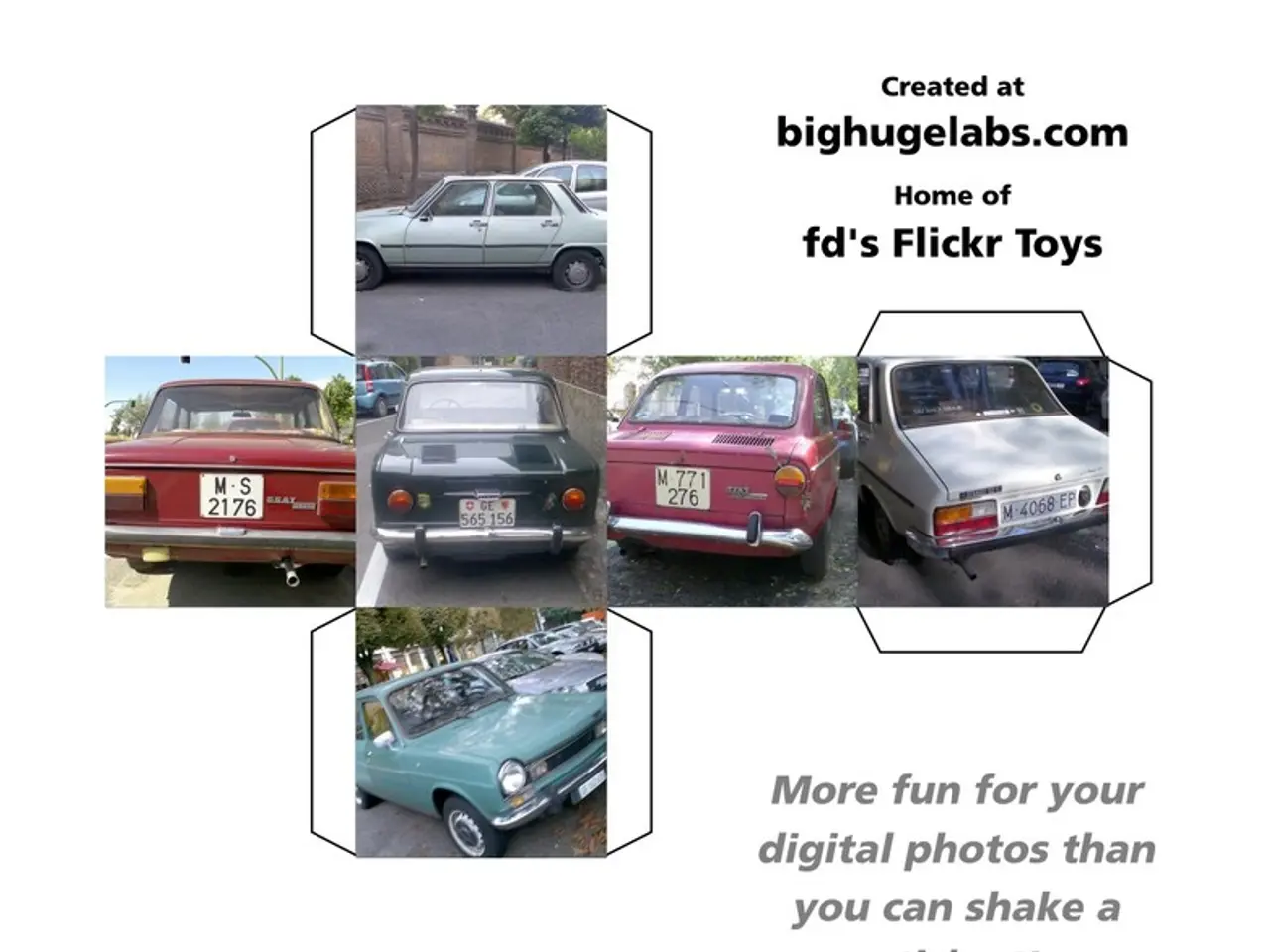EU negotiators need to promptly establish ambitious charging and fueling infrastructure objectives
The European automotive industry is gearing up to meet new CO2 emissions standards, with a focus on the development and deployment of electric and hydrogen-powered heavy-duty vehicles. However, the demand for these new trucks is being hampered by a lack of suitable charging and refueling infrastructure.
To address this issue, associations are urging the swift deployment of electric charging infrastructure for heavy-duty vehicles on the Trans-European Transport (TEN-T) core and comprehensive network, including urban nodes, by 2025. By 2030 at the latest, a full ramp-up of this infrastructure is sought.
The associations are emphasising the distinct needs of heavy-duty vehicles in their infrastructure demands. To reach a CO2 reduction target of -45% by 2030, more than 400,000 zero-emission trucks will need to be on the road, and at least 100,000 new zero-emission trucks registered annually. This would require over 50,000 publicly accessible charging stations for trucks to be in operation in the EU within seven years, of which some 35,000 should be high-performance chargers (megawatt charging system).
In addition to electric charging infrastructure, hydrogen refueling stations are also needed. Germany, France, Spain, Italy, and the Netherlands must have at least 50,000 publicly accessible charging stations for trucks and over 700 hydrogen refueling stations within the next seven years to meet the EU Commission's proposed 45% CO2 reduction target for trucks by 2030. Hydrogen refueling infrastructure on the TEN-T core and comprehensive network, including urban nodes, should be deployed by 2027 at the latest.
High power output requirements are to be set for electric charging infrastructure to allow business continuity and full compliance with EU social legislation applicable to road transport. A robust presence of electric charging stations in each safe and secure parking area for commercial vehicles is desired by 2027, with a full ramp-up by 2030.
Truck manufacturers are already producing battery-electric trucks, and will soon produce hydrogen-powered vehicles. The associations ACEA and IRU are urging negotiators to conclude trilogue negotiations on AFIR (Alternative Fuels Infrastructure Regulation) as quickly as possible to provide legal and investment certainty to the commercial road transport sector.
Ahead of the trilogue negotiations on AFIR, ACEA and IRU are calling on negotiators to ensure the necessary infrastructure is in place to support the transition to zero-emission heavy-duty vehicles. The associations aim to provide legal and investment certainty to the commercial road transport sector with the conclusion of trilogue negotiations on AFIR.








